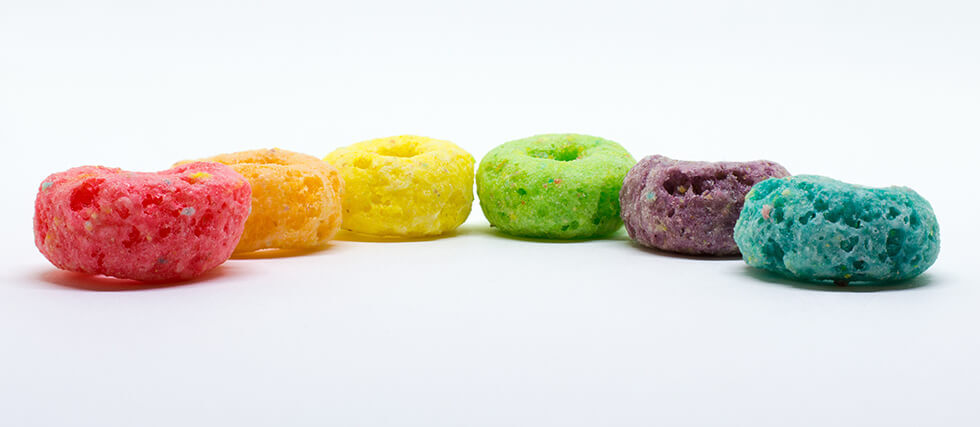The artificial rainbow in your cereal bowl may soon be a thing of the past—and not a moment too soon. Synthetic food dyes, found in brightly colored cereals, candies, and drinks, are finally facing serious scrutiny as states take matters into their own hands. Why? Because Big Food hasn’t.
This week, West Virginia became the first state to pass a sweeping ban on seven toxic dyes used in processed foods—chemicals linked to behavioral issues in children and even cancer in animal studies. More than 20 other states are now following suit, tired of waiting for the federal government and the FDA, which has been dragging its feet for decades.
“We should not be forced to police our own foods,” said Republican Sen. Laura Wakim Chapman. “No more toxic colors, no more poisoning ourselves and our children.” The ban starts in schools this August and goes statewide by 2028.
Let’s be clear: these dyes—derived from petroleum—have already been banned or restricted in Europe, Japan, and Australia. Meanwhile, companies like Kellogg’s quietly removed dyes from Froot Loops in Canada (replacing them with real fruit juices) but left the artificial versions in U.S. products. Why? Because it’s cheaper—and because they can.
Food giants have chosen profits over public health, targeting low-income families and children with the cheapest, most chemically-laden products. And now they’re warning that removing these dyes will raise prices? Please.
Some school districts in West Virginia are already ahead of the curve, phasing out dyed foods before the law kicks in. And if brands won’t clean up their ingredients, school nutrition directors say they’ll simply stop buying from them.
As more states join the fight, one message rings loud and clear: our health is not for sale, and Big Food’s toxic shortcuts are no longer welcome at the table.




